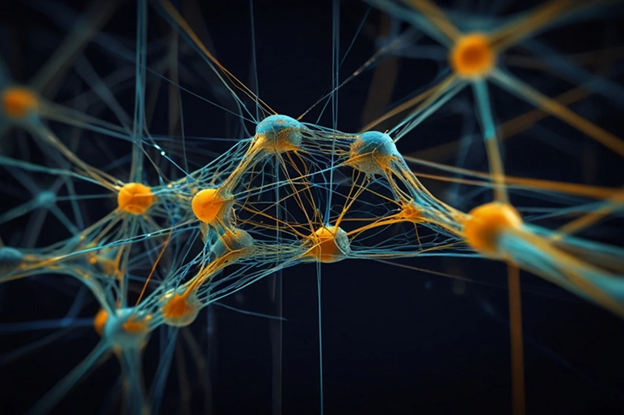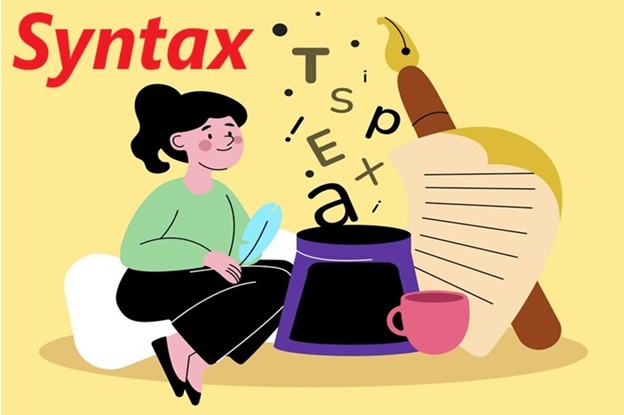Author: chakir.mahjoubi
spaCy’s Approach to Sentiment Analysis
Python Code Highlighting import spacy from spacytextblob.spacytextblob import SpacyTextBlob import pandas as pd from collections import defaultdict import matplotlib.pyplot as plt import numpy as np # Note: Install required packages # pip install spacy spacytextblob textblob # python -m spacy download en_core_web_sm # python -m spacy download fr_core_news_sm # python -m spacy download ar_core_news_sm class…
Understanding The Translation Market: Trends and Challenges

Abstract: The translation market is a dynamic and rapidly evolving sector driven by globalization, technological advancements, and the increasing demand for multilingual content. This paper explores the key trends shaping the market, including the rise of machine translation (MT), the increasing demand for specialized translation services, and the growing importance of localization. Furthermore, it analyzes…
The Impact of Data Tagging on SEO Performance
Posted :
by :

In the rapidly evolving landscape of Search Engine Optimization (SEO), structured data markup, or data tagging, has emerged as a critical factor influencing website visibility and performance. This paper explores the impact of data tagging on SEO, examining how it facilitates search engine crawling, understanding, and presentation of website content. We delve into the various…
The Symphony of Thought: The Harmonious Complexity Neural Network
Posted :
by :

For years, we’ve been captivated by the power of neural networks, marveling at their ability to identify cats in photos, translate languages, and even generate art. But what if we could move beyond these isolated tasks and create a neural network that mirrors the fluidity and interconnectedness of human thought? Enter the “Symphony of Thought,”…
Unpacking the Process: How Humans Tackle Tasks
Posted :
by :

Abstract: Human task completion is a complex interplay of cognitive, emotional, and environmental factors. While seemingly straightforward, the process of tackling a task involves a multifaceted sequence of stages, from initial perception and planning to execution and evaluation. This paper will unpack these processes, examining the underlying mechanisms and individual differences that influence our approach…
Machine Learning for Efficient Product Labelling
Posted :
by :

The accurate and efficient labelling of products is a critical component of retail operations, impacting everything from inventory management and sales analysis to customer satisfaction. Traditional labelling methods are often labor-intensive, time-consuming, and prone to human error. This paper explores the application of machine learning (ML) techniques to automate and enhance product labelling processes…
Do Cognitive Functions Vary Among Individuals?
Posted :
by :

Abstract: This paper explores the unequivocally affirmative answer to the question of whether cognitive functions vary among individuals. Drawing upon evidence from psychometrics, neuroscience, and daily observation, it demonstrates that individuals exhibit substantial differences in the capacity, speed, efficiency, and specific profiles of their cognitive abilities, including memory, attention, executive functions, language, and perception. The paper…
A Unified Framework for Syntactic Analysis
Posted :
by :

Universal Dependencies (UD) represents a significant endeavor in the field of computational linguistics, aiming to create a standardized framework for representing syntactic dependencies across diverse languages. This paper explores the fundamental motivations behind UD, its core principles rooted in dependency grammar, and the hierarchical structure it employs to annotate grammatical relations. We delve into the…
The Cognitive Functions of Language
Posted :
by :

Language is not only a means of communication but also plays a crucial role in cognitive functions—how we think, perceive, and interact with the world. Cognitive functions of language refer to the mental processes involved in understanding, producing, and using language. These functions are integral to our ability to reason, solve problems, and engage in…
The Indispensable Architecture: Syntax in Language

Abstract: Syntax, as the set of rules governing the arrangement of words and phrases to form grammatically correct and meaningful sentences, is a fundamental pillar of human language. It transcends mere word order, dictating the hierarchical relationships between linguistic units and enabling the infinite generativity of language. This paper explores the critical role of syntax…
Types of Causatives: Lexical and Periphrastic Constructions

Abstract: Causativity, the linguistic expression of an agent bringing about a change of state or event, is a fundamental semantic concept encoded in diverse ways across languages. This paper explores two primary types of causative constructions: lexical and periphrastic. Lexical causatives involve a single verb that inherently encodes both the causing event and the caused…
Sentiment Analysis: Unlocking Opinions and Emotions from Text Data
Posted :
by :

Abstract: Sentiment Analysis, also known as Opinion Mining, is a rapidly evolving field within Natural Language Processing (NLP) that focuses on identifying, extracting, and classifying the subjective information from text. It aims to determine the emotional tone behind a piece of text, whether it is positive, negative, or neutral. With the exponential growth of user-generated…
arabic software localization challenging issues

Introduction In exploring localization from a quality assurance perspective, this study sought to analyse and identify the persistent problems influencing xCP Documentum localization for Arabic speakers regarding accessibility, readability, and translatability issues. The goal of this article is to identify some of those issues and provide a solution hoping that this would help those in…














